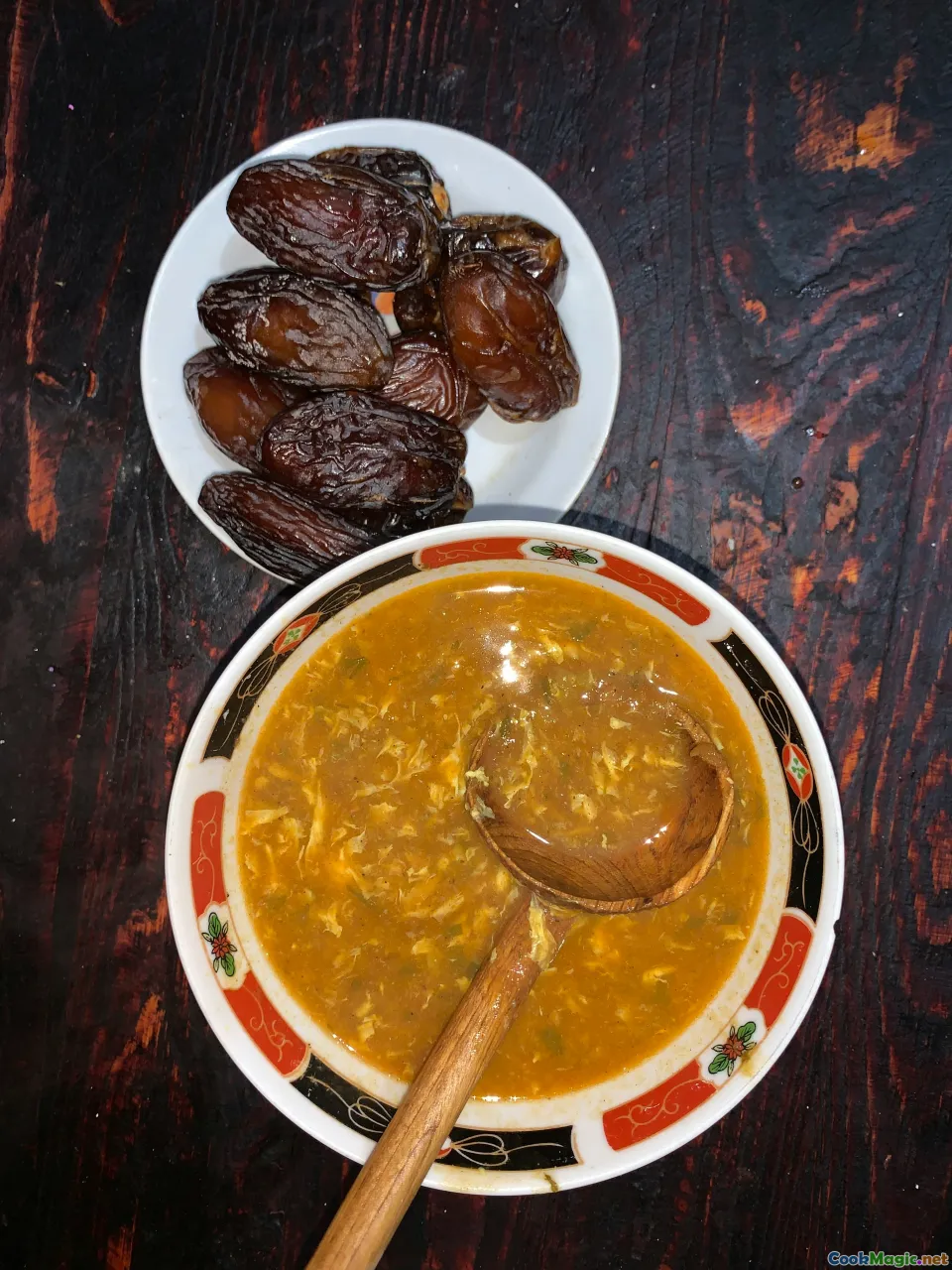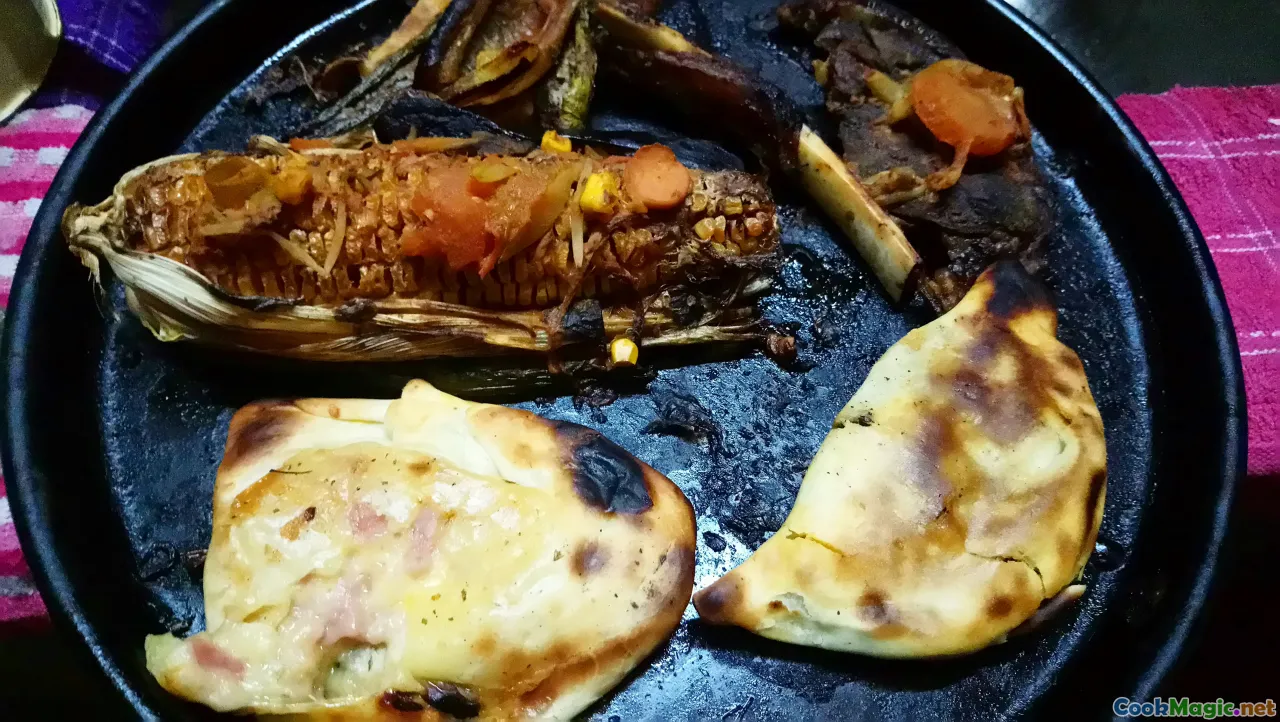The Role of Palm Oil in Cameroon Home Cooking
11 min read Exploring how palm oil shapes Cameroonian home cooking with rich flavors and cultural significance. June 23, 2025 15:05
The Role of Palm Oil in Cameroon Home Cooking
The vibrant aromas wafting through Cameroonian homes are often impossible to ignore. It’s a symphony of spices, fresh greens, and that unmistakable scent of roasted palm oil—that rich, golden essence that embodies the heart and soul of Cameroonian cuisine. From bustling markets in Yaoundé to the humble village kitchens nestled along the edges of the rainforest, palm oil isn’t just a cooking ingredient; it’s a cultural cornerstone woven into the fabric of daily life.
The Cultural Heritage of Palm Oil in Cameroon

Cameroon’s relationship with palm oil is as ancient as the trees that sway in the lush rainforests. Historically, palm oil—locally known as "poko"—has been extracted from the fruit of the oil palm tree (Elaeis guineensis), a towering plant that has provided sustenance and economic livelihood for communities for centuries. These palms are often seen towering over farm plots, their fruit clusters plump and bright crimson, signaling the promise of this treasured oil.
In traditional rural settings, palm oil extraction was—and still is—a communal activity. Women and elders gather fruit, de-pulp them, and extract the oil using age-old methods that involve pounding, boiling, and skimming. The smell of roasted pulp and bubbling oil mingles with the earthy scent of the forest, evoking a sense of belonging, continuity, and reverence for ancestral practices.
Why Palm Oil Is Central to Cameroonian Home Cooking

Palm oil’s significance extends beyond flavor—it adds depth, aroma, and a signature richness that elevates everyday dishes to cultural rituals. Its vibrant orange-red hue imbues dishes with visual warmth, inviting diners into a comforting culinary embrace.
Unlike refined oils, which can be bland and sterile, poko boasts a complex aroma with nutty, grassy, and slightly sweet undertones, transporting cooks and eaters alike to tropical forests with every whiff. Its thick, viscous texture helps coat ingredients evenly, sealing in flavors and moisture.
For generations, Cameroonian mothers and grandmothers have relied on palm oil as the indispensable backbone of how they craft their meals—from simmering classic stews to stir-frying vegetables with a touch of fiery pepper. It’s a flavor carrier, a symbol of hospitality, and a source of pride.
Iconic Cameroonian Dishes Powered by Palm Oil
Ndolé — The National Dish with a Mango Twist

Arguably Cameroon’s most famous dish, Ndolé combines bitterleaf (Vernonia amygdalina), groundnuts, and palm oil into a bold, hearty stew. Its velvety consistency is achieved by frying onions and garlic in palm oil until fragrant, then simmering bitter greens, nuts, and spices to create a complex tapestry of flavors.
The palm oil’s reddish hue grants the stew a warm glow, complementing the bitterness of the greens with its nutty richness. Served alongside ripe plantains or rice, Ndolé exemplifies how palm oil can elevate humble ingredients into celebratory fare.
Mbongo Tchobi — The Black Gold

For seafood lovers, Mbongo Tchobi is a must-try—an intensely flavorful fish stew simmered in a dark, aromatic sauce primarily flavored with palm oil, spices, and sometimes local fermented products. The sauce often gets a deep black hue from a mixture of burnt or roasted spices and palm oil, giving it the name “Black Gold.”
The rich, smoky aroma of roasted spices mingling with the earthy scent of palm oil invites the senses. A spoonful reveals tender fish swimming in a bold, velvety sauce that balances heat, spice, and the unctuous quality of the oil.
Koki — The Chocolate Lombos

Koki showcases how palm oil enhances not just stews but also snack dishes. Made from grated, fermented plantains and black-eyed peas, mixed with onions, spices, and a generous splash of palm oil, then wrapped in banana leaves and steamed, Koki boasts a soft, moist interior with a depth of flavor coming from the palm oil.
Its golden hue and fragrant aroma make it a popular treat in both everyday meals and special occasions.
Cooking Techniques and Tips with Palm Oil

Using palm oil correctly is key to unlocking its full potential. Here are some tips to maximize its flavor:
- Sautéing and Frying: Start by heating palm oil over moderate heat; its high smoke point allows for frying proteins and vegetables without breaking down. The oil’s ability to develop a rich, crispy exterior while retaining moisture inside makes it perfect for stir-fries.
- Flavor Base: Use palm oil as a flavor base for sauces and stews, frying onions, garlic, and ginger in it to release their essential oils.
- Roasting for Depth: For a smoky flavor, some cooks roast or burn a small amount of palm oil until fragrant, then add it to the dish—this technique imparts a complex aroma reminiscent of traditional village charring practices.
- Preservation and Storage: Keep unused palm oil in a cool, dark place, and consider refrigerating if you prefer a solid, scoopable consistency.
The Ethical and Sustainability Considerations

Given global concerns over palm oil cultivation’s environmental impact, many Cameroonian farmers and cooperatives emphasize sustainable practices. Smallholder farmers often practice mixed cropping—intertwining oil palms with other crops—reducing deforestation and maintaining biodiversity.
Culinary lovers can support ethical sourcing by choosing oils produced through community initiatives that prioritize ecological and social responsibility. Embracing local, sustainably harvested palm oil helps preserve not only Cameroon’s cultural culinary heritage but also its rainforests.
Personal Reflections and Cultural Significance
Growing up in a Cameroonian household, palm oil’s aroma signals comfort and continuity. I recall my grandmother’s gentle hand stirring a pot of Ndolé, the fragrance filling our small kitchen, wrapping us in a cocoon of familial love.
In collective celebrations, palm oil’s scent mingled with laughter and singing, transforming ordinary ingredients into a communal feast. It is more than a cooking ingredient; it is a vessel of memory, identity, and resilience.
Celebrating Cameroonian Home Cooking with Palm Oil
Whether it’s a quick weekday meal or a festive gathering, palm oil remains at the core of Cameroon’s culinary identity. Its rich aroma, visual vibrancy, and unparalleled flavor profile continue to inspire chefs, home cooks, and food enthusiasts worldwide.
In every spoonful of Ndolé, every simmer of Mbongo Tchobi, and every steaming parcel of Koki, palm oil whispers stories of forests, families, and traditions that endure through generations. To cook with palm oil is to partake in a legacy that celebrates the richness of Cameroon’s land, culture, and soul.
Embrace the golden heart of Cameroonian cuisine. Let the aroma of palm oil guide you into a world of flavors that are as deep and vibrant as the country itself.









